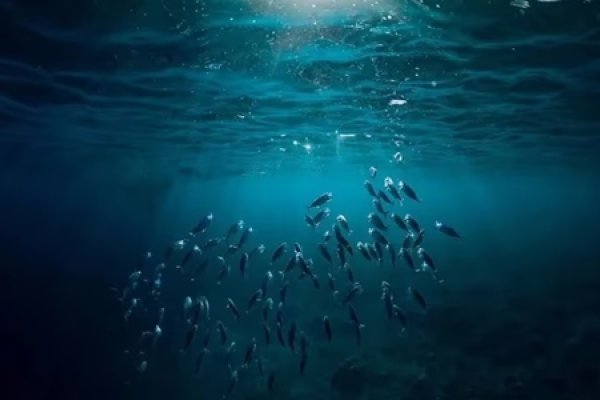‘Dark oxygen’ in the Pacific Ocean depths sparks new theories on the origin of life – International

Scientists have discovered that metallic nodules on the seafloor produce their own oxygen in the dark depths of the Pacific Ocean. These polymetallic nodules, which generate electricity like AA batteries, challenge the belief that only photosynthetic organisms create oxygen, which could change our understanding of how life began on Earth.
In the pitch-black depths of the Pacific Ocean, scientists have discovered oxygen produced not by living organisms, but by strange metallic lumps of potatoes that emit almost as much electricity as AA batteries.
The astonishing discovery has many potential implications and may even force us to rethink how life began on Earth, researchers said in a new study on Monday, July 22.
It was believed that only living things such as plants and algae were capable of producing oxygen through photosynthesis, which required sunlight.
But four kilometers below the surface of the Pacific Ocean, where sunlight does not reach, small deposits of minerals called polymetallic nodules have been discovered for the first time, releasing so-called dark oxygen.
The discovery occurred in the Clarion-Clipperton Zone (CCZ), an abyssal plain stretching between Hawaii and Mexico where mining companies plan to begin mining the nodules.
The lumpy nodules, often called “batteries in rock,” are rich in metals such as cobalt, nickel, copper and manganese, which are used in batteries, smartphones, wind turbines and solar panels.
An international team of scientists has sent a small boat to the bottom of the ZKK to find out how mining might affect the strange and little-studied animals that live where the light doesn’t reach.
No sunlight
“We were trying to measure the rate of oxygen consumption by the seafloor,” Andrew Sweetman, lead author of the study and a member of the Scottish Association for Marine Science (SAMS), told AFP.
To do this, they used a device called a “benthic chamber” that collects a lot of sediment.
Typically, the amount of oxygen entering the chamber “decreases as it is consumed by organisms through respiration,” Sweetman explained.
However, this time the opposite happened: the amount of oxygen increased. This should not have happened in total darkness, where there is no photosynthesis.
It was so surprising that the researchers thought their underwater sensors were not working.
So they took some bundles back to their ship to repeat the test. And again, the oxygen levels increased.
They then realized that the nodules represented amazing electrical changes.
On the surface of the nodules, the team “unexpectedly found a voltage almost as high as a AA battery,” Sweetman said.
The researchers believe the charge could split seawater into hydrogen and oxygen in a process called seawater electrolysis.
This chemical reaction occurs at a voltage of 1.5 V, which is equivalent to the charge of an AA battery.
Breathtaking
Sams director Nicholas Owens said: “This is one of the most exciting discoveries in recent times in ocean science.”
The discovery of oxygen produced outside of photosynthesis “forces us to rethink how the evolution of complex life on the planet might have begun,” he said in a statement, adding: “It is generally thought that oxygen was first produced about three billion years ago by ancient microbes called cyanobacteria, and that complex life has gradually evolved since then.”
But the team’s discovery showed that “life could have originated somewhere other than Earth,” Sweetman said.
“And if this process is happening on our planet, could it help create oxygen-rich habitats on other ocean worlds like Enceladus and Europa and provide the potential for life?” Sweetman asks.
The study was published in the journal Nature Geoscience.
The work was partly funded by Canadian company The Metals Company, which intends to begin mining nodules in the ZKK next year.
Source: France 24.
